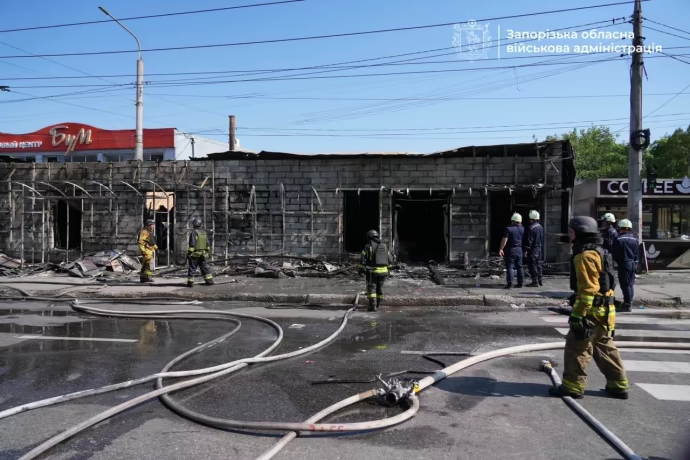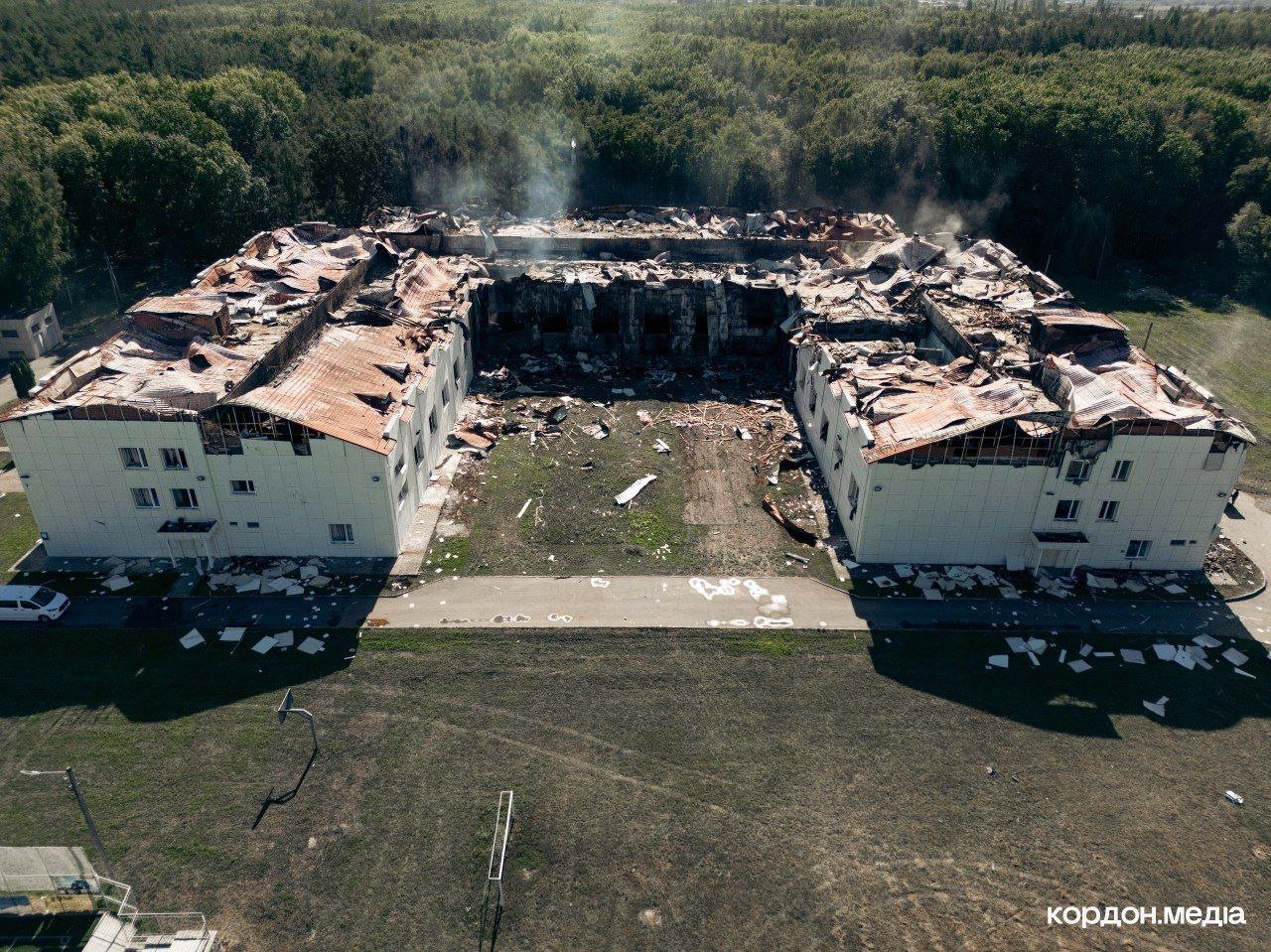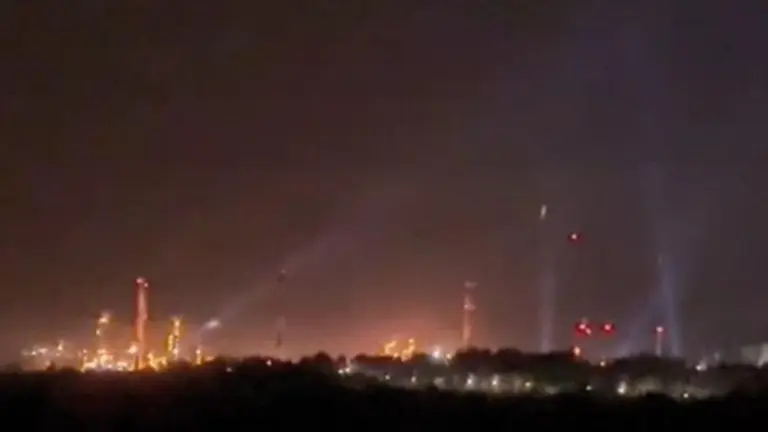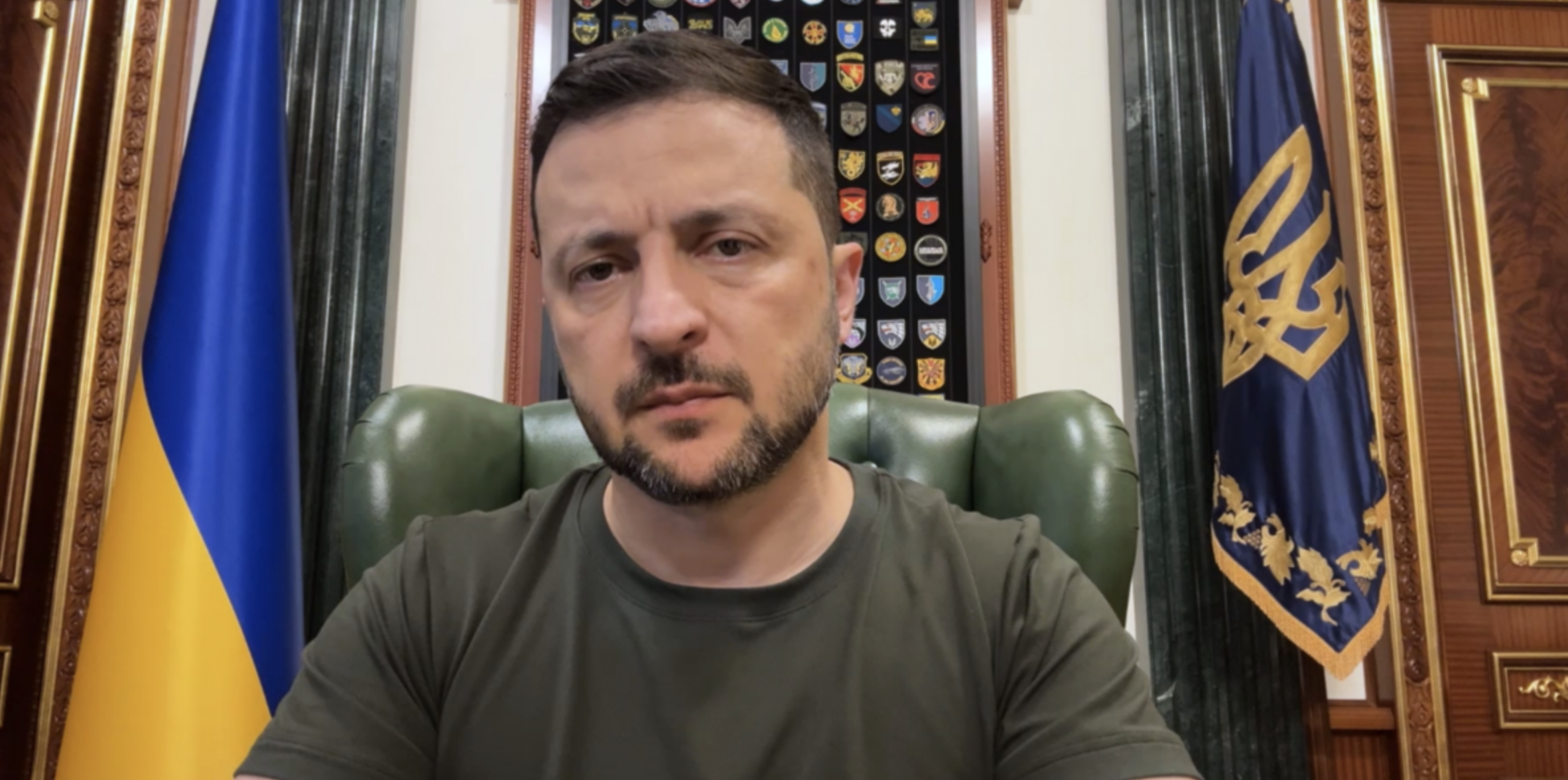Russian strike on Zaporizhzhia kills 3, injures 23

A Russian attack on the city of Zaporizhzhia on the morning of Aug. 18 killed three civilians and injured 23, regional officials said.
Zaporizhzhia Oblast Governor Ivan Fedorov reported that 18 of the injured remain under medical supervision with blast and shrapnel wounds, including a 17-year-old boy. Several victims are in critical condition, and doctors are performing emergency surgeries to save their lives. Fedorov described the aftermath as “tragic,” noting that many of the injured are in serious condition.
SOURCESymbolic number of the Day
Russians have occupied less than 1% of Ukraine’s territory over past 1,000 days. Russian forces have seized less than one percent of Ukraine’s territory during the last 1,010 days of full-scale war, according to DeepState, a Ukrainian military analysis group.
From Nov. 12, 2022, when 108,651 square kilometers were under Russian control, to Aug. 17, 2025, the occupied area increased by 5,842 square kilometers to 114,493 square kilometers. That represents 0.97 percent of Ukraine’s internationally recognized territory, the analysts said.
DeepState noted that Moscow’s largest territorial gains came in the early days of the full-scale invasion. Much of that land was later liberated during Ukrainian counteroffensives in the north, Kharkiv, and Kherson regions. Despite ongoing Russian assaults since late 2022, the territorial balance has remained largely static.
The report comes as U.S. President Donald Trump reposted a comment suggesting Ukraine should be ready to cede territory to Russia. Ukrainian President Volodymyr Zelenskyy responded on Aug. 17, saying any talks must reflect the current front line and that he is only prepared to discuss territorial issues directly with Kremlin leader Vladimir Putin in a trilateral meeting with Washington.
SOURCEWar in Pictures

Russia strikes university in Sumy. Explosions rocked the city of Sumy overnight on Aug. 18, with Russian drones striking Sumy State University and sparking large fires, according to local authorities and media.
Preliminary reports indicated no casualties, but officials said the extent of injuries and structural damage is still being clarified. Meanwhile, in the Shostka hromada of Sumy Oblast, Russian strikes hit a residential area, setting homes and outbuildings ablaze before firefighters brought the situation under control.
SOURCEVideo of the Day
Ukrainian National Guard artillery halts Russian assault near Kupiansk. Ukrainian National Guard artillery forces stopped a Russian attempt to storm positions near Kupiansk in Kharkiv Oblast on Aug. 16, according to commander Brig. Gen. Oleksandr Pivnenko.
The Guard reported that Russian troops used four MT-LB armored vehicles and a tank in an effort to break through along a highway and land troops. Artillery units, working closely with neighboring formations, destroyed the vehicles and personnel before they could advance beyond the front line.
SOURCEInstitute for the Study of War (ISW) report

Key Takeaways:
- US officials acknowledged that Putin has yet to demonstrate a willingness to offer the concessions necessary to reach a peace agreement.
- Russia will be unable to seize the remainder of Donetsk Oblast rapidly through force, as Russian forces have failed to do for over a decade. Russia could only rapidly seize all of Donetsk Oblast if Ukraine concedes to Putin’s demand and withdraws from the remainder of the oblast.
- Russian forces have historically thrown themselves into costly campaigns to seize fortified or urban areas in eastern Ukraine, a reality far from Putin’s claims of rapid advances.
- Recent Russian advances northeast of Pokrovsk do not indicate that Russia can rapidly seize fortified or urban areas.
- Russia continues to deny Ukraine’s sovereignty and to demand the right to dictate Ukrainian domestic affairs.
- Kremlin ruler Vladimir Putin’s insistence that any peace agreement must address Russia’s perceived “root causes” of the war will make it difficult to reach a peace agreement as rapidly as Trump desires, given the complexity of the “root causes.”
- Russia’s “root causes” extend beyond Ukraine, and eliminating them would require substantial negotiations with NATO.
- Putin’s offer of a Russian law forbidding a future invasion of Ukraine is not credible because Russia has already twice broken previous binding international commitments not to invade and because Putin has shown that he can freely change Russian law as he desires.
- The details about Ukrainian security guarantees to which Putin may have agreed remain unclear at this time, but the Kremlin may be attempting to resurrect its demands about security guarantors from April 2022 that would have neutered such guarantees.
- Ukrainian forces recently advanced in northern Sumy Oblast and near Toretsk. Russian forces recently advanced near Pokrovsk.
Voices of the War
Timothy Snyder: The hook Putin used to catch Trump
U.S. President Donald Trump made sweeping concessions to Russia without receiving anything in return, while Vladimir Putin continues his war against Ukraine and mocks him on state-controlled TV, historian Timothy Snyder argues in a new column.
By merely meeting Putin in Alaska, Trump ended more than three years of Western diplomatic isolation of the Kremlin, Snyder writes. Shaking hands with an indicted war criminal signaled that “killings, torture, and kidnappings in Ukraine do not matter.” Even the choice of Alaska was a strange concession, he adds, recalling that Russian officials and propagandists regularly claim the U.S. territory.
Snyder stresses that Trump has already yielded on more fundamental issues: avoiding talk of justice for Russian war crimes or reparations, accepting Moscow’s role in deciding Ukraine’s NATO future, and effectively recognizing territorial changes imposed by force. Such acceptance, Snyder warns, “destroys world order and encourages further wars.”
Trump’s belief that words alone carry weight led him to treat Putin’s statements as decisive, turning him into a listener rather than a leader. His political career, Snyder argues, has been built on amplifying Putin’s narratives.
Both men are driven by visions of future greatness, but Putin exploits Trump’s hunger for a Nobel Peace Prize. Russia even floated a provocative “peace plan” demanding Ukraine cede territories it still controls — a move Snyder calls absurd.
According to Snyder, Trump now faces two choices: remain trapped in Putin’s illusion or start making the war harder for Moscow, thereby hastening its end.
SOURCELatest news
- The White House reportedly asked Ukrainian officials if Zelensky would wear a suit ahead of Monday’s meeting in D.C.
- Macron: Russia’s offer to Ukraine would mean capitulation, not peace
- Nighttime Russian drone attack on Odesa Oblast: large-scale fire breaks out at fuel and energy facility
- NYT: European allies in panic ahead of Trump–Zelenskyy talks
- Trump adviser says US could deploy troops to Ukraine as part of future security guarantees
- Ukraine’s Commander-in-Chief: Russians redeploying troops to Zaporizhzhia front to launch offensive there
- Germany calls for increased pressure on Russia ahead of Trump–Zelenskyy meeting


